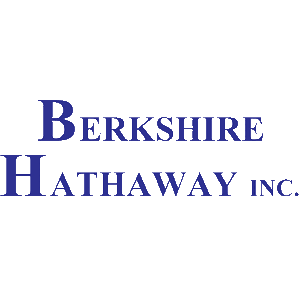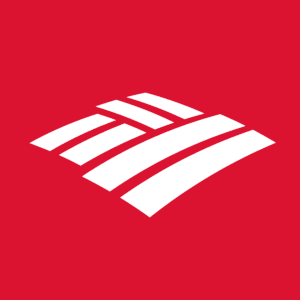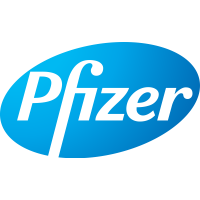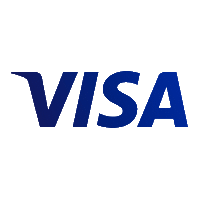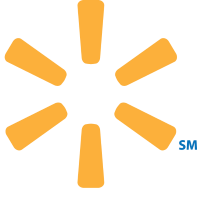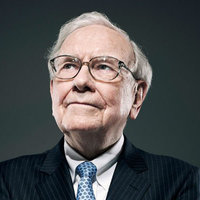Wilcon Depot Inc
XPHS:WLCON
Profitability Summary
Wilcon Depot Inc's profitability score is 49/100. We take all the information about a company's profitability (such as its margins, capital efficiency, free cash flow generating ability, and more) and consolidate it into one single number - the profitability score. The higher the profitability score, the more profitable the company is.
Score
We take all the information about a company's profitability (such as its margins, capital efficiency, free cash flow generating ability, and more) and consolidate it into one single number - the profitability score. The higher the profitability score, the more profitable the company is.
We take all the information about a company's profitability (such as its margins, capital efficiency, free cash flow generating ability, and more) and consolidate it into one single number - the profitability score. The higher the profitability score, the more profitable the company is.
Score
Score
Margins
Profit margins represent what percentage of sales has turned into profits. Simply put, the percentage figure indicates how many cents of profit the company has generated for each dollar of sale.
Profit margins help investors assess if a company's management is generating enough profit from its sales and whether operating costs and overhead costs are being contained.
Earnings Waterfall
Wilcon Depot Inc
|
Revenue
|
34.1B
PHP
|
|
Cost of Revenue
|
-21B
PHP
|
|
Gross Profit
|
13.1B
PHP
|
|
Operating Expenses
|
-10B
PHP
|
|
Operating Income
|
3.1B
PHP
|
|
Other Expenses
|
-958.2m
PHP
|
|
Net Income
|
2.2B
PHP
|
Margins Comparison
Wilcon Depot Inc Competitors
| Country | Company | Market Cap |
Gross Margin |
Operating Margin |
Net Margin |
||
|---|---|---|---|---|---|---|---|
| PH |
W
|
Wilcon Depot Inc
XPHS:WLCON
|
28.9B PHP |
38%
|
9%
|
6%
|
|
| US |
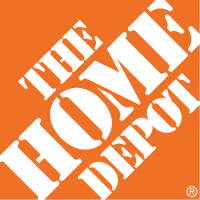
|
Home Depot Inc
NYSE:HD
|
370.1B USD |
33%
|
13%
|
9%
|
|
| US |

|
Lowe's Companies Inc
NYSE:LOW
|
131.6B USD |
33%
|
12%
|
8%
|
|
| ZA |
I
|
Italtile Ltd
JSE:ITE
|
11.3B Zac |
41%
|
23%
|
17%
|
|
| UK |

|
Kingfisher PLC
LSE:KGF
|
5.6B GBP |
38%
|
5%
|
1%
|
|
| US |
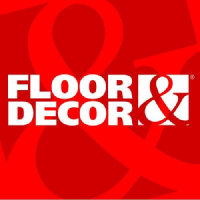
|
Floor & Decor Holdings Inc
NYSE:FND
|
6.5B USD |
44%
|
6%
|
5%
|
|
| MY |

|
Mr DIY Group (M) Bhd
OTC:MDIYF
|
4.1B USD |
47%
|
18%
|
13%
|
|
| MY |
M
|
Mr DIY Group M Bhd
KLSE:MRDIY
|
15.2B MYR |
47%
|
18%
|
13%
|
|
| ZA |
C
|
Cashbuild Ltd
JSE:CSB
|
2.9B Zac |
25%
|
3%
|
2%
|
|
| TH |
H
|
Home Product Center PCL
SET:HMPRO
|
80.4B THB |
27%
|
12%
|
9%
|
|
| SE |

|
Clas Ohlson AB
STO:CLAS B
|
22.1B SEK |
39%
|
11%
|
8%
|
Return on Capital
Return on capital ratios give a sense of how well a company is using its capital (equity, assets, capital employed, etc.) to generate profits (operating income, net income, etc.). In simple words, these ratios show how much income is generated for each dollar of capital invested.
Return on Capital Comparison
Wilcon Depot Inc Competitors
| Country | Company | Market Cap | ROE | ROA | ROCE | ROIC | ||
|---|---|---|---|---|---|---|---|---|
| PH |
W
|
Wilcon Depot Inc
XPHS:WLCON
|
28.9B PHP |
9%
|
6%
|
10%
|
7%
|
|
| US |

|
Home Depot Inc
NYSE:HD
|
370.1B USD |
194%
|
15%
|
31%
|
20%
|
|
| US |

|
Lowe's Companies Inc
NYSE:LOW
|
131.6B USD |
-53%
|
15%
|
41%
|
25%
|
|
| ZA |
I
|
Italtile Ltd
JSE:ITE
|
11.3B Zac |
18%
|
14%
|
23%
|
19%
|
|
| UK |

|
Kingfisher PLC
LSE:KGF
|
5.6B GBP |
3%
|
2%
|
8%
|
4%
|
|
| US |

|
Floor & Decor Holdings Inc
NYSE:FND
|
6.5B USD |
10%
|
4%
|
7%
|
5%
|
|
| MY |

|
Mr DIY Group (M) Bhd
OTC:MDIYF
|
4.1B USD |
31%
|
16%
|
28%
|
20%
|
|
| MY |
M
|
Mr DIY Group M Bhd
KLSE:MRDIY
|
15.2B MYR |
31%
|
16%
|
28%
|
20%
|
|
| ZA |
C
|
Cashbuild Ltd
JSE:CSB
|
2.9B Zac |
12%
|
3%
|
11%
|
15%
|
|
| TH |
H
|
Home Product Center PCL
SET:HMPRO
|
80.4B THB |
25%
|
9%
|
20%
|
13%
|
|
| SE |

|
Clas Ohlson AB
STO:CLAS B
|
22.1B SEK |
41%
|
14%
|
33%
|
21%
|
Free Cash Flow
Free cash flow (FCF) is the money a company has left over after paying its operating expenses and capital expenditures. The more free cash flow a company has, the more it can allocate to dividends, paying down debt, and growth opportunities.
If a company has a decreasing free cash flow, that is not necessarily bad if the company is investing in its growth.



